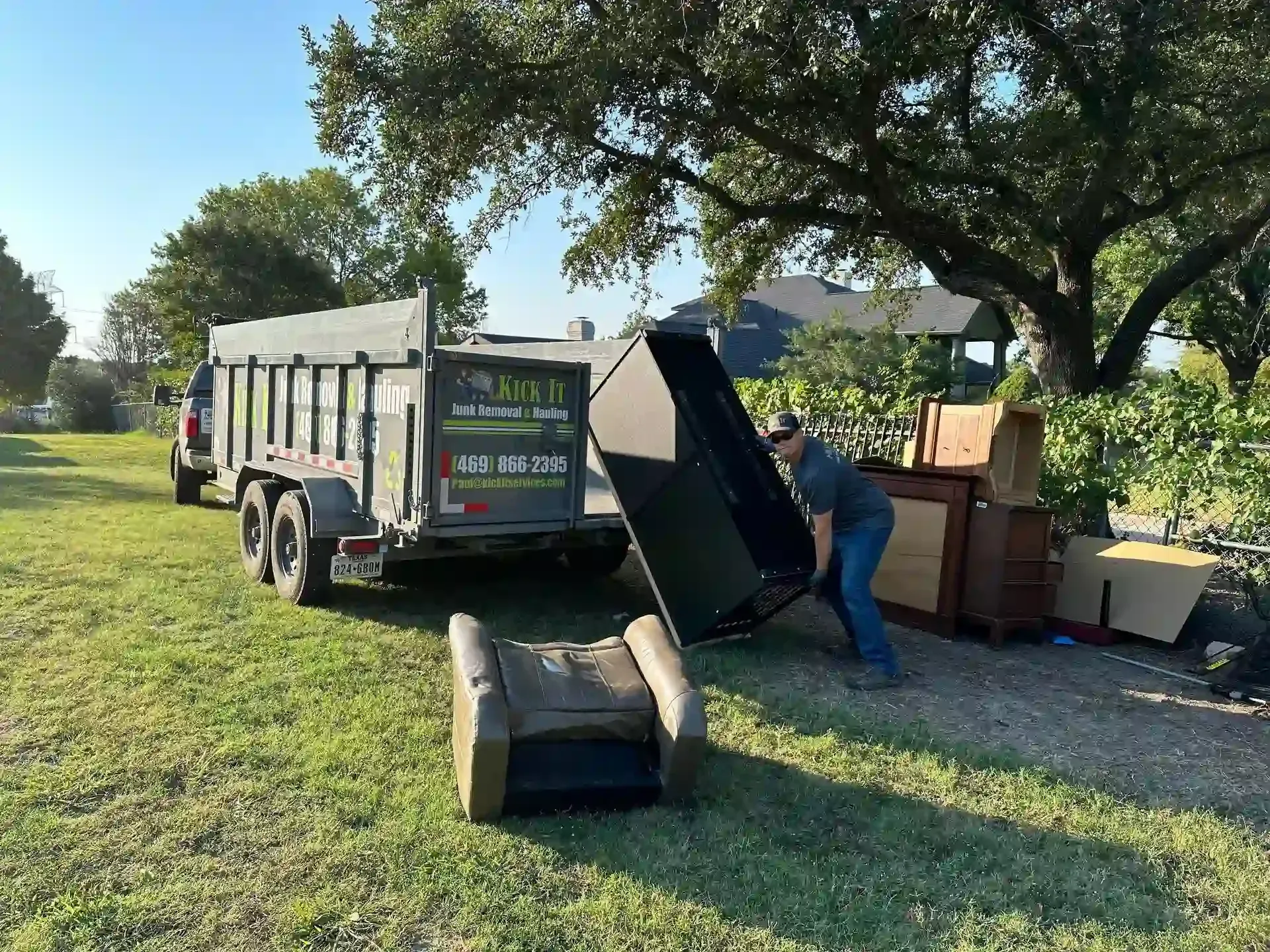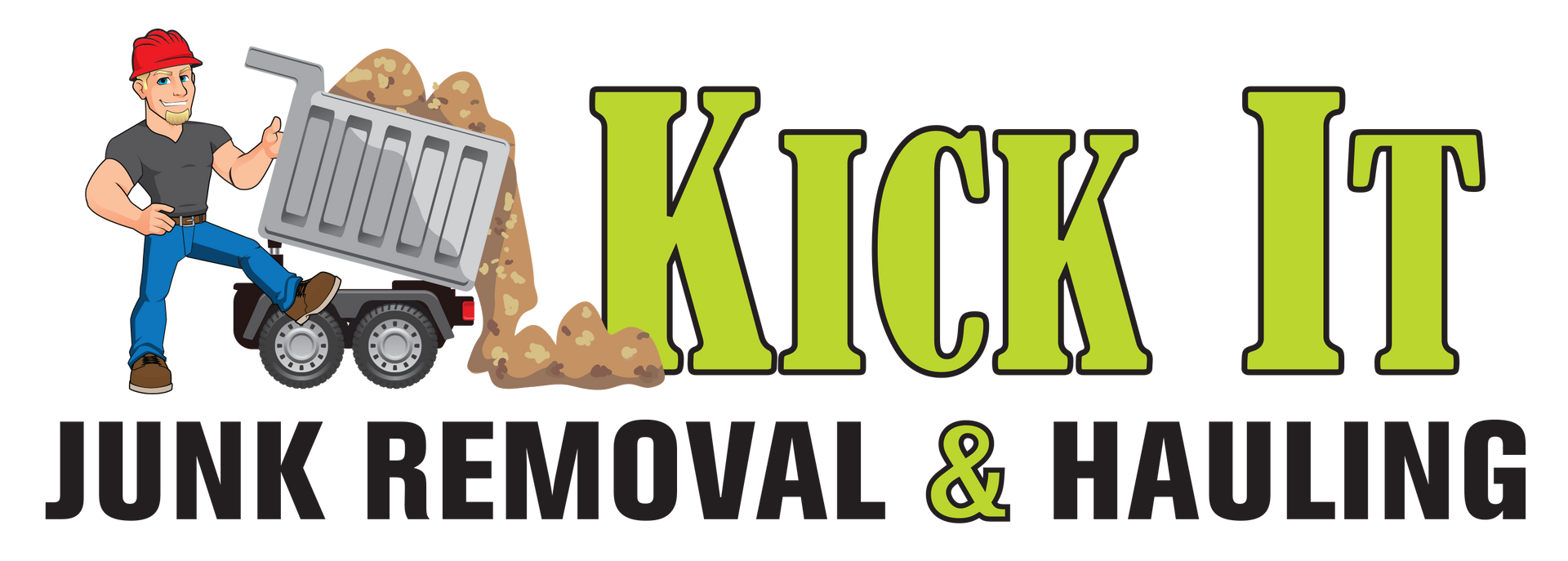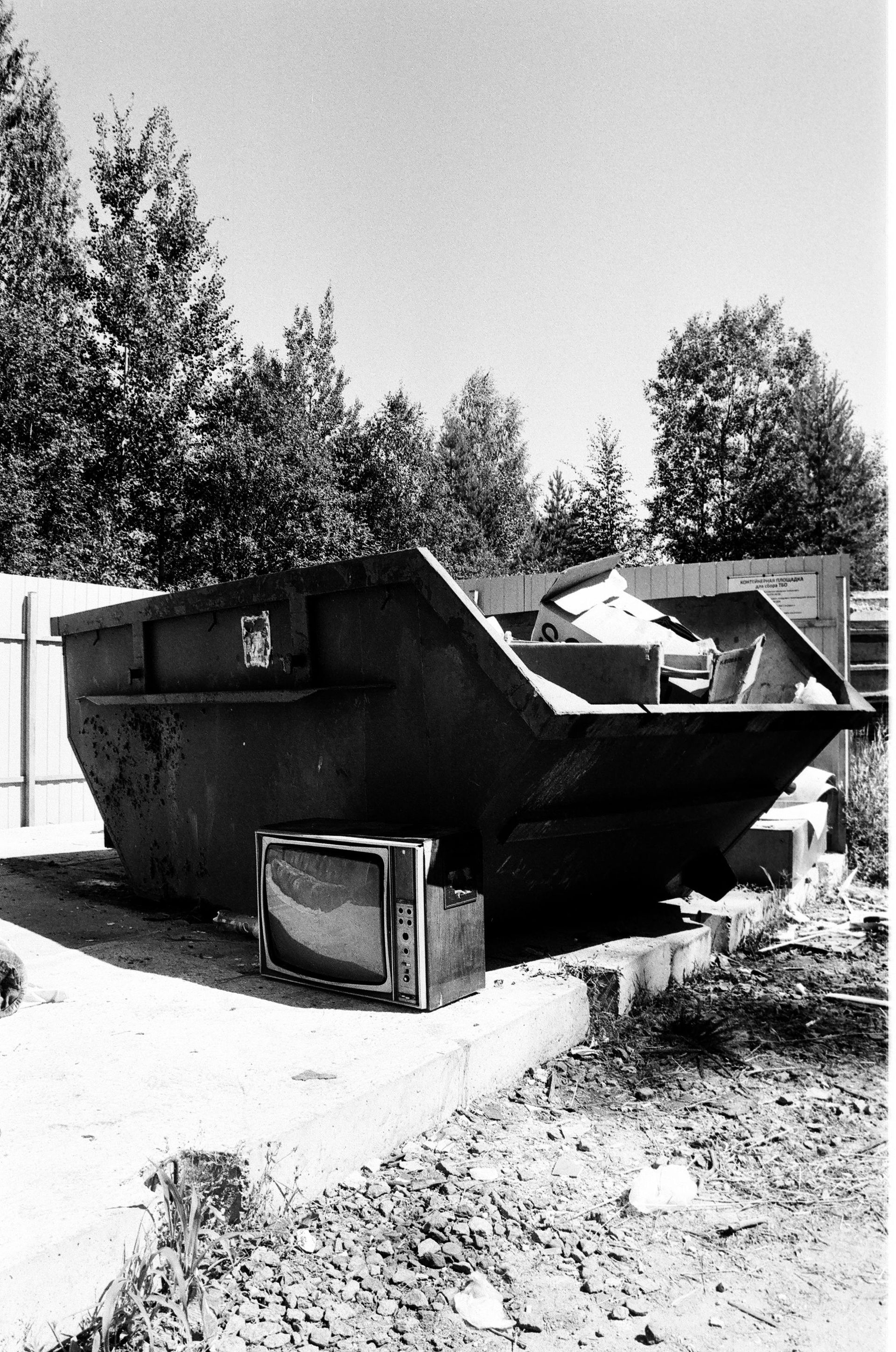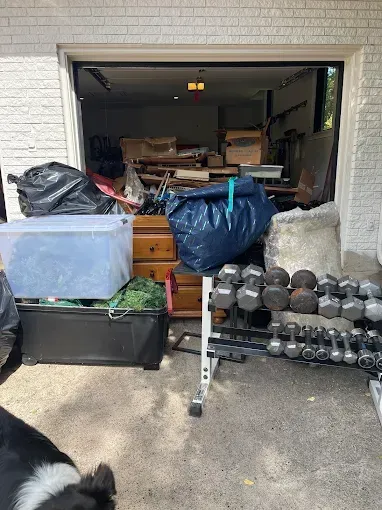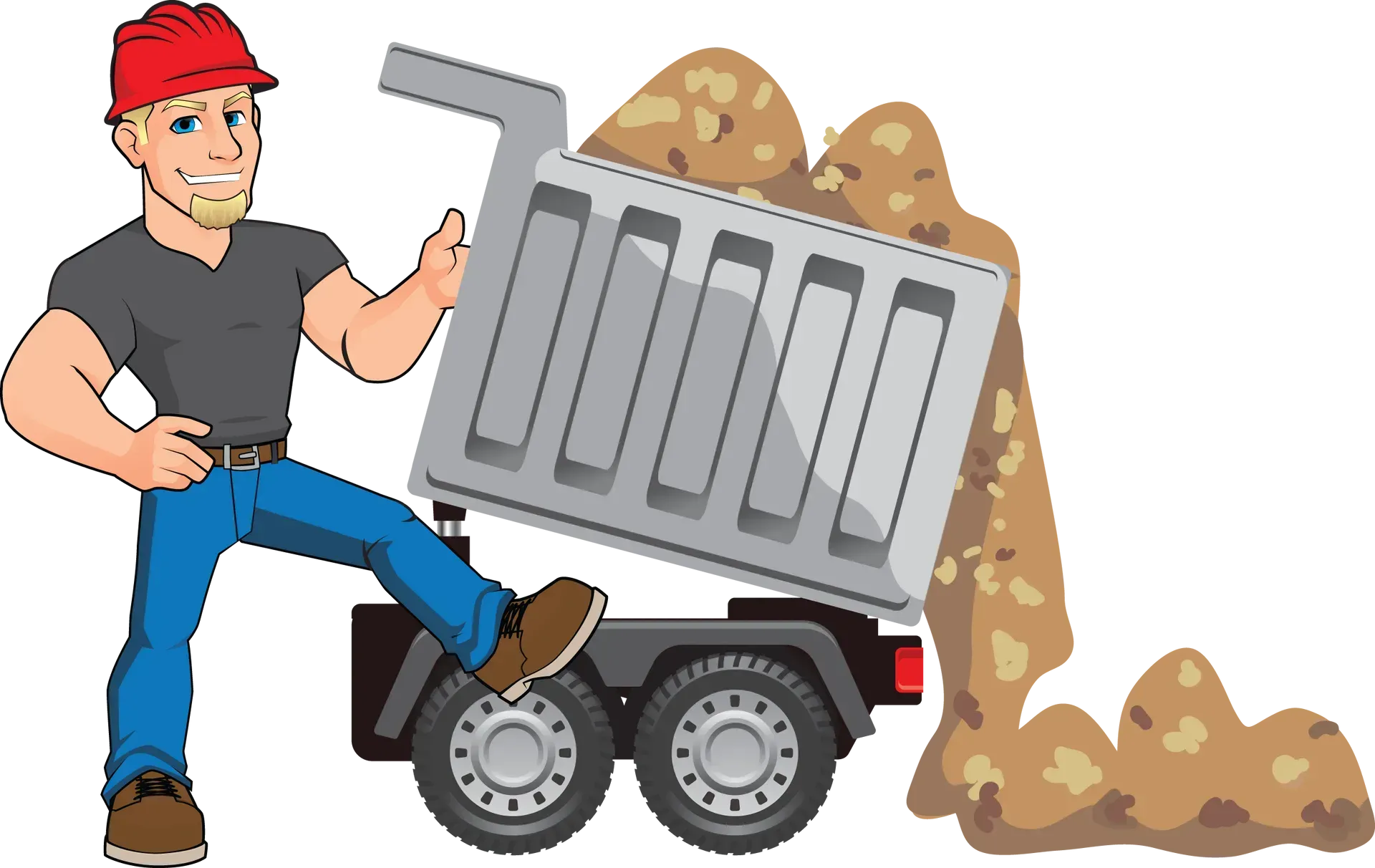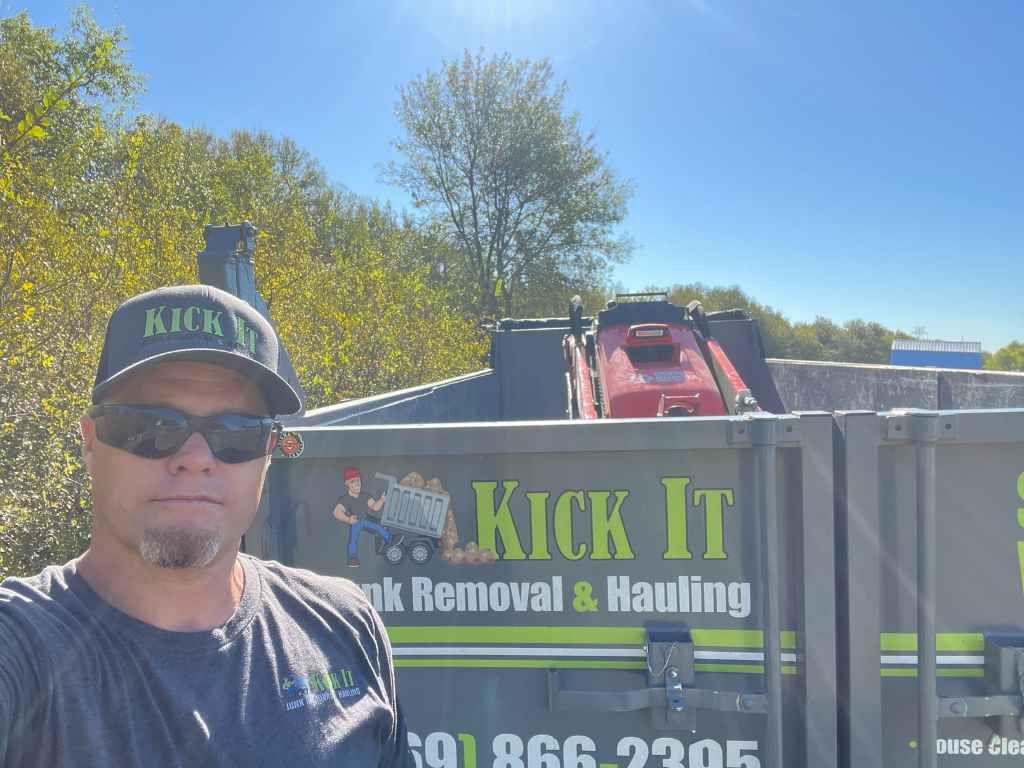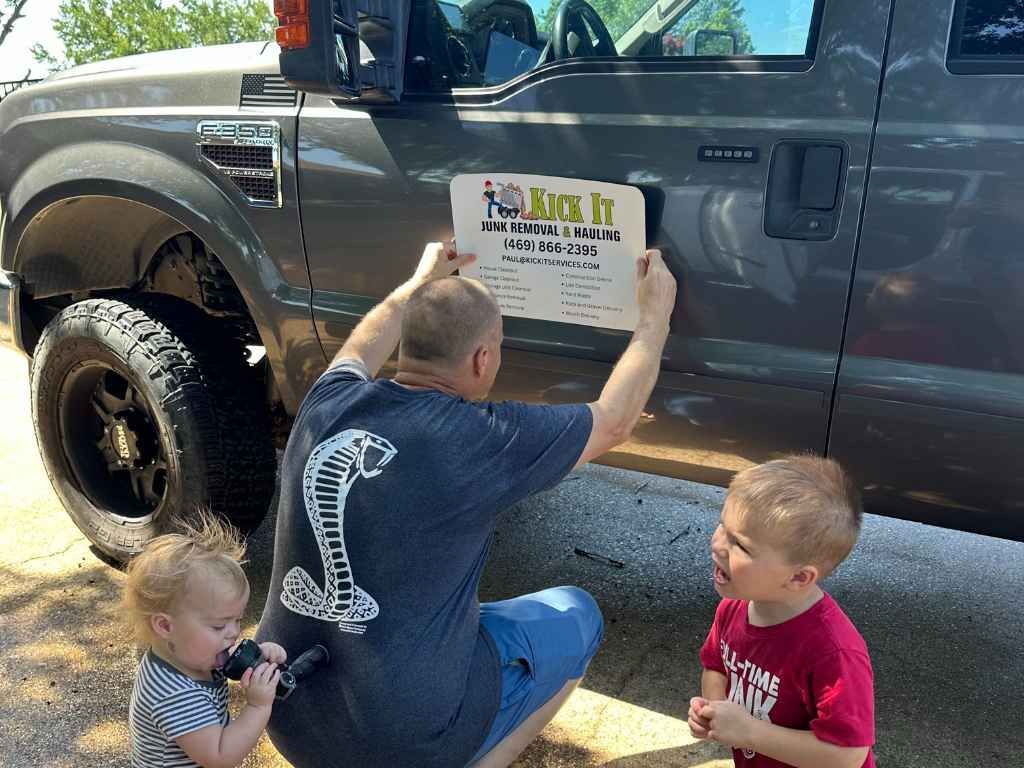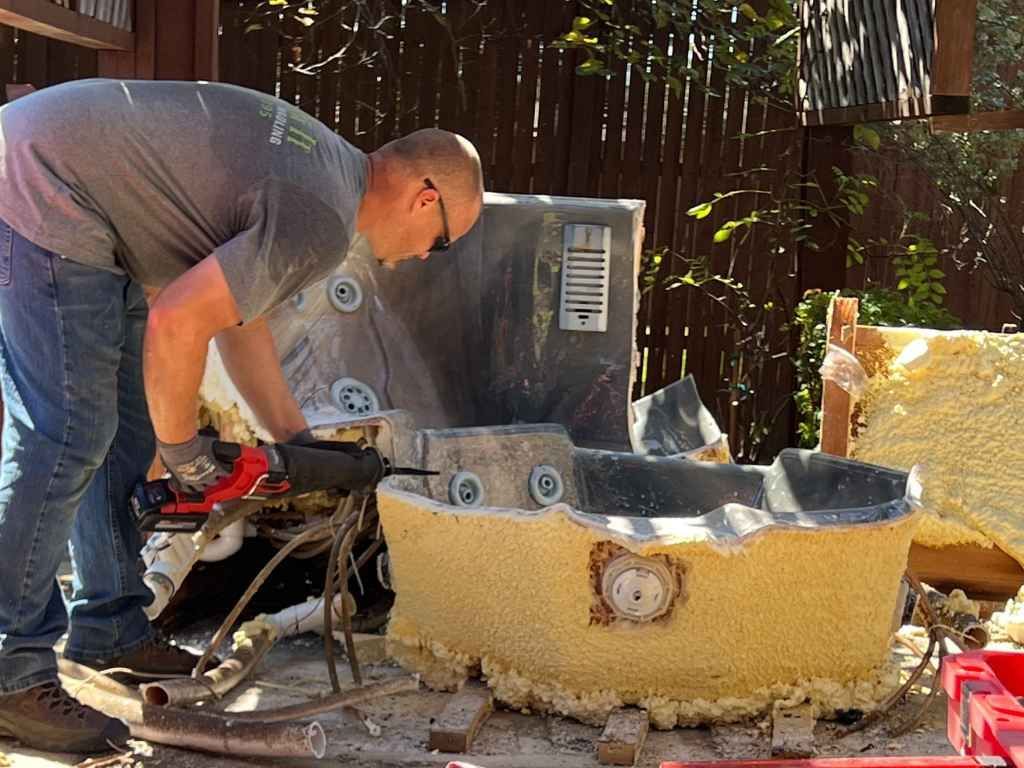Tips for Concrete Removal Without Damaging Your Property
Removing concrete can feel like an impossible task, especially if you’re worried about causing damage to your property. Whether you're dealing with an old driveway, broken patio, or any other concrete structure, the removal process must be executed with care. Fortunately, there are strategies that can help you complete concrete removal projects without compromising your property’s integrity.
In this article, we’ll explore valuable tips and tricks for removing concrete without causing unnecessary damage. Whether you’re a DIY enthusiast or hiring professionals, this guide will provide you with insights on how to approach concrete removal efficiently and safely.
1. Assess the Area Before Starting
Before diving into any concrete removal project, the first step is to assess the area thoroughly. Understanding the layout of your property and identifying any potential hazards or obstacles will help you plan the removal process with precision.
- Examine Surrounding Structures: Concrete might be close to important structures like pipes, electrical lines, or trees. Any of these could be vulnerable during the removal process, so you must take precautions to avoid them.
- Check for Reinforced Concrete: Some concrete surfaces are reinforced with steel rebar, making removal more complex. Identifying this early can help you choose the right tools and methods for breaking it down.
- Understand the Property’s Terrain: The ground's surface and slope could also affect the removal method. If the concrete is located in a low-lying area where water can accumulate, you’ll want to plan accordingly to prevent further complications.
2. Gather the Right Tools and Equipment
Concrete removal is no small feat, so having the right tools and equipment is essential to ensuring a smooth process. Depending on the size and scope of your project, here are some tools that will help:
- Hammer and Chisel: For small concrete patches, a hammer and chisel can do the job. This method is manual but precise, ensuring you can break the concrete into smaller chunks without causing excessive damage to surrounding areas.
- Jackhammer or Pneumatic Breaker: If you’re dealing with a larger concrete area, consider using a jackhammer or pneumatic breaker. These tools are designed to break down concrete quickly but can be heavy and require safety gear, such as ear protection and goggles.
- Angle Grinder: An angle grinder with a diamond blade can be useful for cutting through the concrete without disrupting the surrounding ground. This method is great for smaller cuts and creating joints in the concrete before removal.
Shovels and Wheelbarrows: After breaking the concrete, you’ll need a way to move the debris. Shovels and wheelbarrows are simple yet effective for transporting concrete chunks off your property.
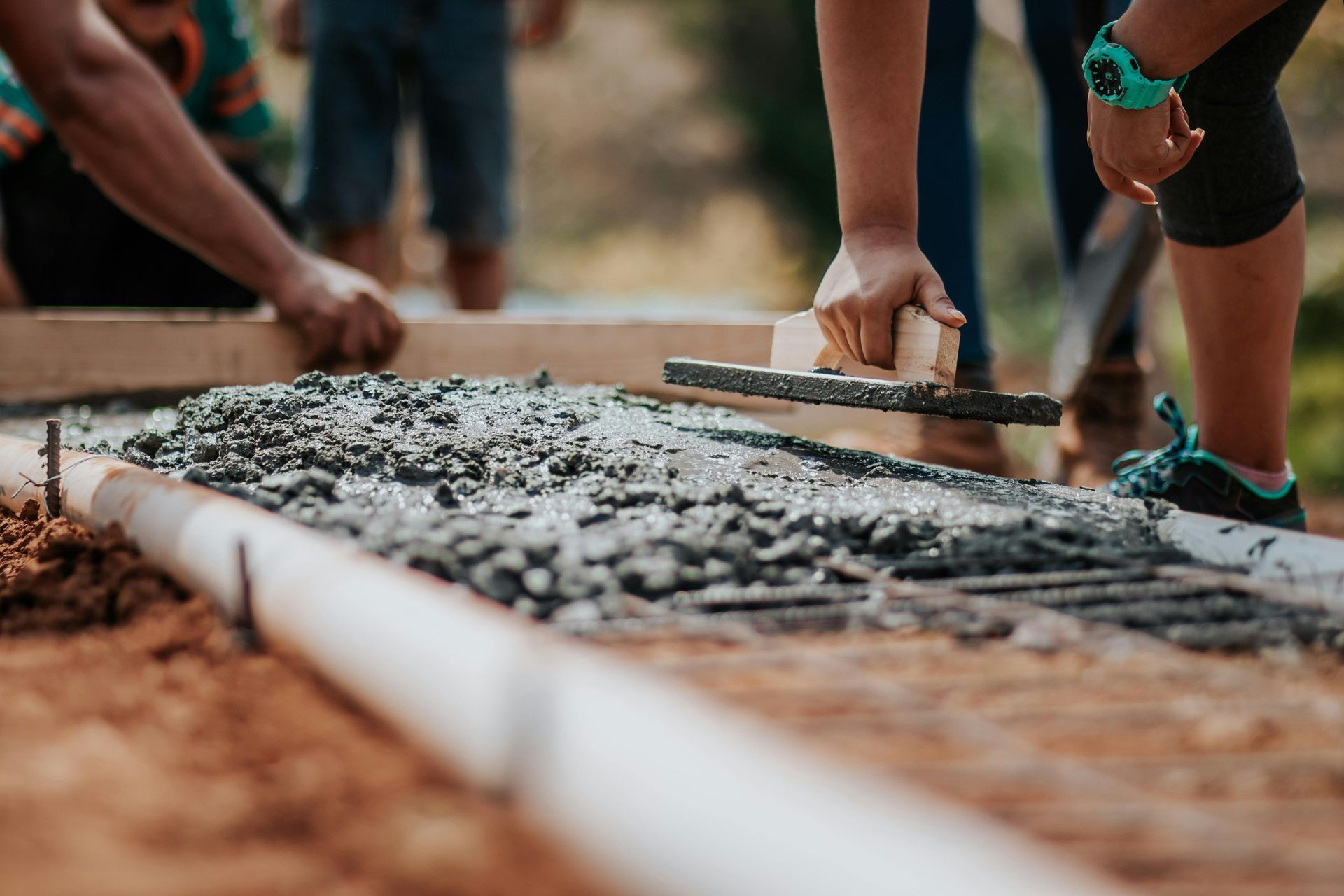
3. Start with the Edges
When removing concrete, it's important to start from the edges. This approach allows you to safely break down the concrete without risking damage to nearby areas. Begin by chipping away at the perimeter, ensuring that you’re only working on the concrete and not disturbing the surrounding ground or structures.
- Cutting Concrete at the Edges: Use an angle grinder or saw to create clean cuts along the edges of the concrete. This helps in keeping the debris contained to a specific area.
- Working in Sections: Rather than trying to break down a large slab all at once, break the concrete down into smaller, manageable sections. This technique will help reduce the risk of uncontrolled cracks or shifts.
4. Be Mindful of Surrounding Areas
Property damage can easily occur if you’re not careful. To prevent accidental damage to your driveway, yard, or any nearby structures, follow these guidelines:
- Use Protective Barriers: Lay down tarps or heavy-duty plastic sheeting to shield the surrounding areas from flying debris. This is especially important when using tools like a jackhammer, which can send concrete chunks in multiple directions.
- Protect the Ground: If you're working near soft landscaping or delicate plants, it’s a good idea to lay down plywood sheets or thick
cardboard on the ground. These surfaces will absorb impact and help prevent harm to the earth beneath the concrete.
- Avoid Damage to Utilities: If your concrete project involves an area near plumbing, wiring, or gas lines, be extremely cautious. Always contact your local utility company for a dig-safe service before starting any removal to mark the location of utilities.
5. Break Concrete into Manageable Chunks
Breaking down concrete into smaller, more manageable chunks can reduce the risk of damage to your property and help you complete the project faster. Using a combination of methods will help you achieve this:
- Score the Concrete Before Breaking It: If you're using a jackhammer or other heavy-duty tools, first score the concrete along the lines where you want it to break. This will direct the force of the tool and make the concrete crack cleanly along these lines.
- Work from the Center Out: Begin removing the middle sections of concrete and gradually work outward. This approach prevents large pieces from shifting and causing damage to the area around them.
- Use Leverage to Move Concrete: Once the concrete is broken into smaller chunks, you’ll likely need to move them. A crowbar or similar tool can help you lift and move heavy concrete pieces safely without damaging your property.
6. Dispose of Concrete Safely
Once the concrete has been broken up, it’s essential to dispose of it responsibly. Concrete removal is not just about breaking it down but ensuring the debris is taken care of properly. You can:
- Recycling Concrete: Concrete is one of the most recycled materials worldwide. If your concrete is free of contaminants, consider taking it to a recycling facility where it can be repurposed into gravel or new concrete products. This is an environmentally friendly option and a great way to reduce waste.
- Proper Disposal: If recycling is not an option, make sure to dispose of the concrete in a designated
construction debris landfill. Be aware that some areas may have specific rules about how and where concrete can be discarded.
- Hiring a Professional Service: If you’re unsure about handling the disposal process yourself, you can always hire a professional junk removal company. They’ll take care of both the removal and proper disposal, saving you time and effort.
7. Consider Professional Help for Larger Projects
If your concrete removal project is too large, complex, or requires specialized equipment, it might be best to call in professionals. Hiring a concrete removal service ensures that the job will be completed efficiently, safely, and without causing harm to your property.
- Expert Knowledge: Professional contractors understand the intricacies of concrete removal. They have the right tools and experience to navigate tricky areas and ensure that surrounding structures remain unharmed.
- Time and Cost Savings: While DIY removal may seem like the more affordable option, it can be time-consuming and lead to additional costs if mistakes are made. Professionals are efficient and can complete the task much faster.
8. Think About Future Concrete Installations
Once the old concrete is removed, you might want to consider replacing it with new concrete or other materials. If you plan to install a new concrete driveway, patio, or walkway, take the opportunity to think ahead:
- Proper Foundation Prep: The key to ensuring that your new concrete is durable and long-lasting is to prepare the foundation properly. Clear away debris and make sure the ground is level before pouring new concrete.
- Drainage Considerations: Concrete can shift over time if water is allowed to pool beneath it. Ensure that the new concrete surface has proper drainage to avoid any future issues.
Expert Tips for Safely Removing Concrete Without Damaging Your Property
Concrete removal is an essential part of many home improvement projects, but doing it improperly can lead to costly damage. Starting with a careful assessment of the area is crucial, as it allows you to avoid hitting sensitive areas like pipes or electrical lines. Once you have the proper tools and protective gear, you can break down the concrete in smaller sections to maintain control over the removal process and avoid accidental damage.
Planning and protection are key when removing concrete. Using tarps or plywood to shield the surrounding ground ensures that you prevent unnecessary damage. Additionally, if you're unsure about handling the project, don't hesitate to reach out to professionals who can manage the heavy lifting and disposal, ensuring that everything is done quickly and safely. Proper disposal of the broken concrete is another consideration that ensures you avoid additional environmental impact.
How to Remove Concrete Efficiently and Safely Without Harming Your Property
Removing concrete from your property can be challenging, especially if you are concerned about causing any harm to the surrounding areas. Begin by breaking the concrete into smaller sections to control the process. Using the right tools, such as a jackhammer or chisel, will help reduce the risk of cracking and damaging adjacent structures. Pay close attention to the edges and work your way in, ensuring that the concrete is properly scored before breaking it down.
Conclusion
Concrete removal doesn’t have to be a daunting process. With careful planning, the right tools, and a mindful approach, you can remove concrete without damaging your property. Remember to assess the area beforehand, use protective measures, and take the time to break the concrete into manageable chunks. Additionally, always dispose of concrete responsibly and seek professional help if necessary.
When tackling concrete removal projects, safety and precision are paramount. If you find yourself overwhelmed or unsure about how to proceed, don't hesitate to contact a professional service that can help you achieve your goals efficiently and safely.
For expert concrete removal and hauling services, contact
Kick It Junk Removal & Hauling at their office located at 14339 Stanley Lane, Forney, Texas 75126. You can reach them by phone at 469-866-2395 or by email at Paul@kickitservices.com.
